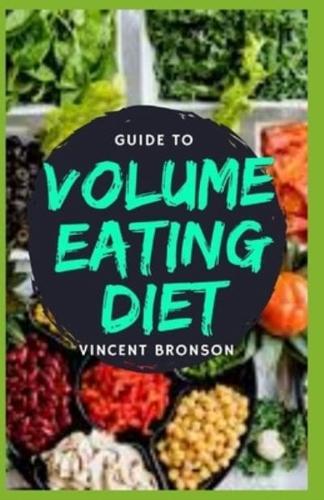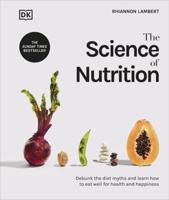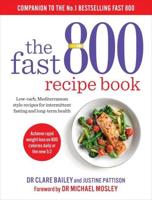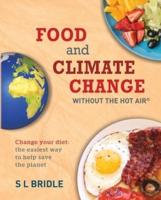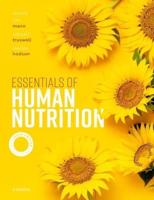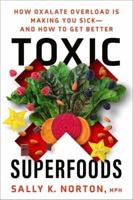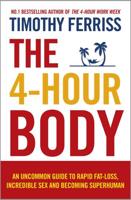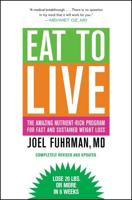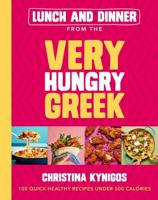Publisher's Synopsis
Swapping low-volume foods for high-volume options usually means you'll be eating a more filling diet for less calories, which ultimately promotes weight loss. In order to lose weight, you need to create a calorie deficit (when you burn more calories than you consume), according to the Mayo Clinic.Calorie-restricted diets can be difficult, though, because they can leave you feeling hungry. Eating more volume can keep you more satiated and make it easier to stick with your diet.Volume eating can also increase the overall nutritional value of your meals, Jaramillo says. Foods that are high volume, like leafy greens and whole grains, are generally more nutritious than low-volume alternatives, like processed foods (think: granola bars, cookies, chips).One key nutrient you gain with more voluminous foods is fiber, Jaramillo says. Fiber will not only increase satiety after a meal (aka help you feel full) but can also promote weight loss and dietary adherence, according to an October 2019 study published in the Journal of Nutrition. After observing the effects of different diets in 345 individuals, researchers found that fiber was the most surefire predictor of weight loss.Sticking with volume eating may require you to plan and prep meals in advance.Considering volume eating isn't a step-by-step diet routine or regimen, you can use this hack whenever you'd like to add filling density to your meals. But if you frequently find yourself reaching for the snack cabinet, choosing higher-volume foods is a great way to keep your calories low and help support weight loss. As this eating routine stresses whole foods high in nutrients, just about anyone can benefit from focusing on volume and quality of food, Jaramillo says.However, volume eating does take some planning and can be challenging for those with a hectic schedule or rigorous physical activity regimen, says Jaramillo. If you're a granola-bar-on-the-go kind of person, volume eating will require some more meal prep commitment than you may usually give your meals.As you begin introducing a more voluminous diet, you may experience some initial GI distress, Jaramillo warns. Especially if you're not typically consuming much fiber, you'll want to introduce these fiber-heavy foods more gradually.While it will take some more commitment where meal prep is concerned, eating more voluminous foods, like vegetables, whole grains and lean proteins, can not only help you stay in a calorie deficit more easily but can provide your body with the vitamins and nutrients it needs. Let your creative side run wild and experiment with adding more volume to your meals.
